Our Projects

Behind every picture is a transformation story.
About Meadowlark
Meadowlark Design+Build sets the standard for sustainable building, delivering unparalleled craftsmanship and outstanding customer service. We make homes that are beautiful, durable, comfortable, healthy and efficient. In service to our community, we create a healthier environment and a path to a better future for those who seek it.
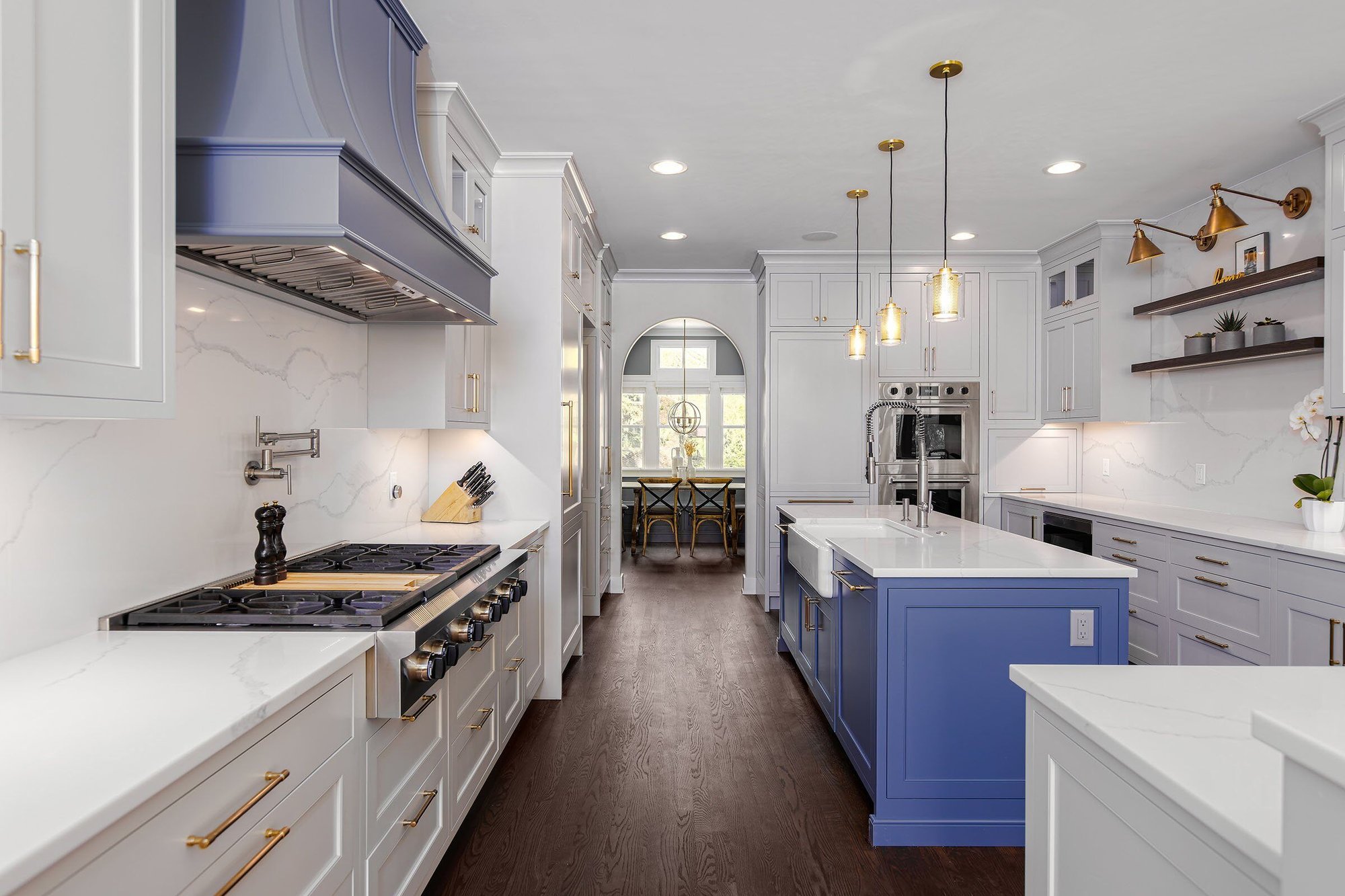
Our Process
Each homeowner has a unique story. Our experienced team of designers carefully listen to translate your memories, ideas, and dreams into beautiful, functional designs for your new home or whole home remodel. We are the Sherpa -- we guide you through essential decisions about the style of your home, space planning, materials, fixtures, color, and every one of the aesthetic and technical details that set your home apart from the ordinary.

What Our Homeowners Are Saying
"They understood the "look and feel" we were after, and they showed terrific commitment (even passion) to its design and construction. Their enthusiasm for the project rivaled ours. They very successfully built us the home we envisioned."
- John O.
"Living up to their reputation, Meadowlark did our first-floor remodel while staying on schedule and on budget. Their meticulous planning process really paid off."
- Amy S.
"My experience with Meadowlark on a medium-size remodel lived up to their reputation for great design, practicality, and attention to detail."
- Didi R.
"Meadowlark does outstanding work in a timely manner. If you want professional work with no corner-cutting and very good people who want to work for their customers, you want Meadowlark."
- Christi D.
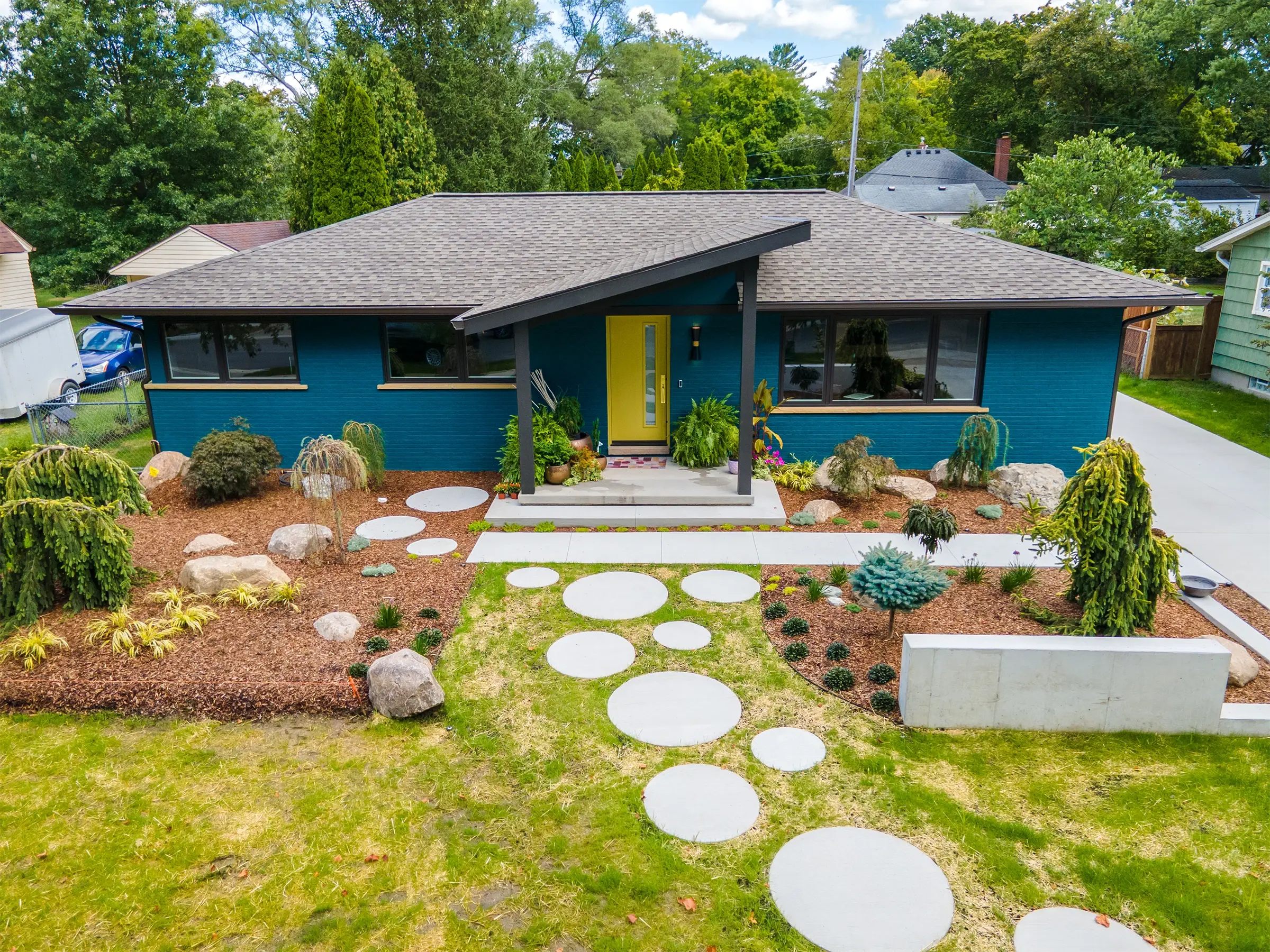
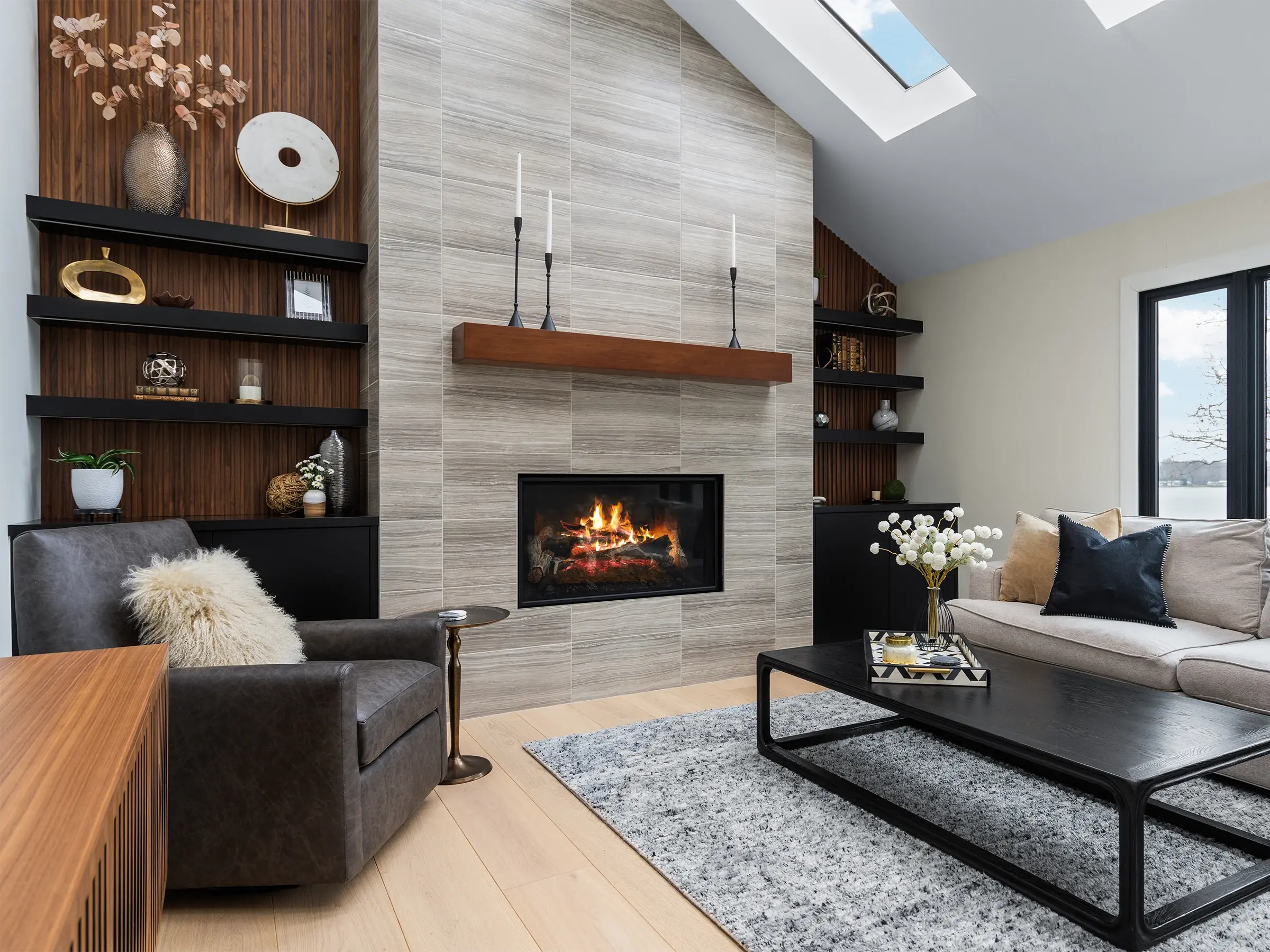
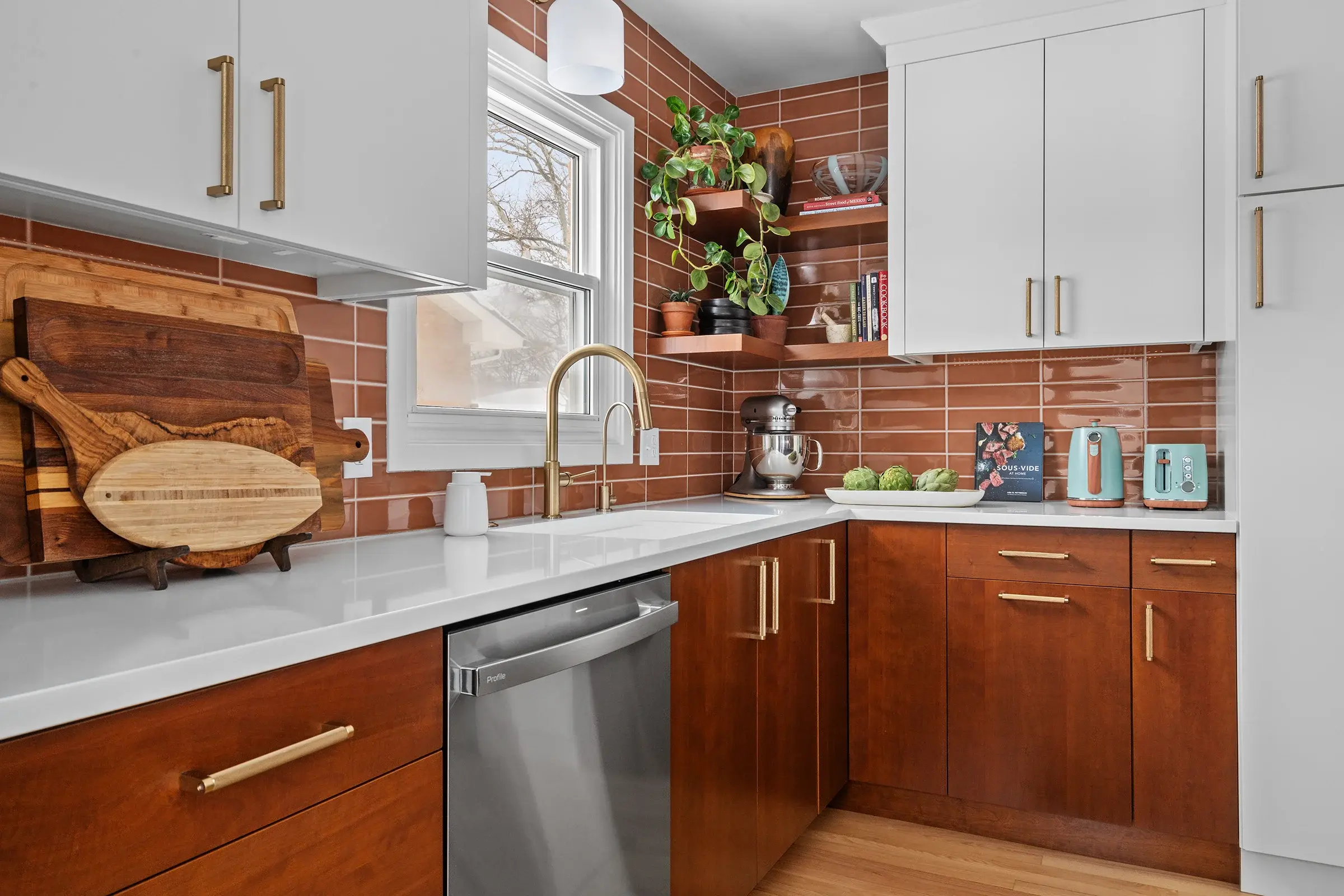
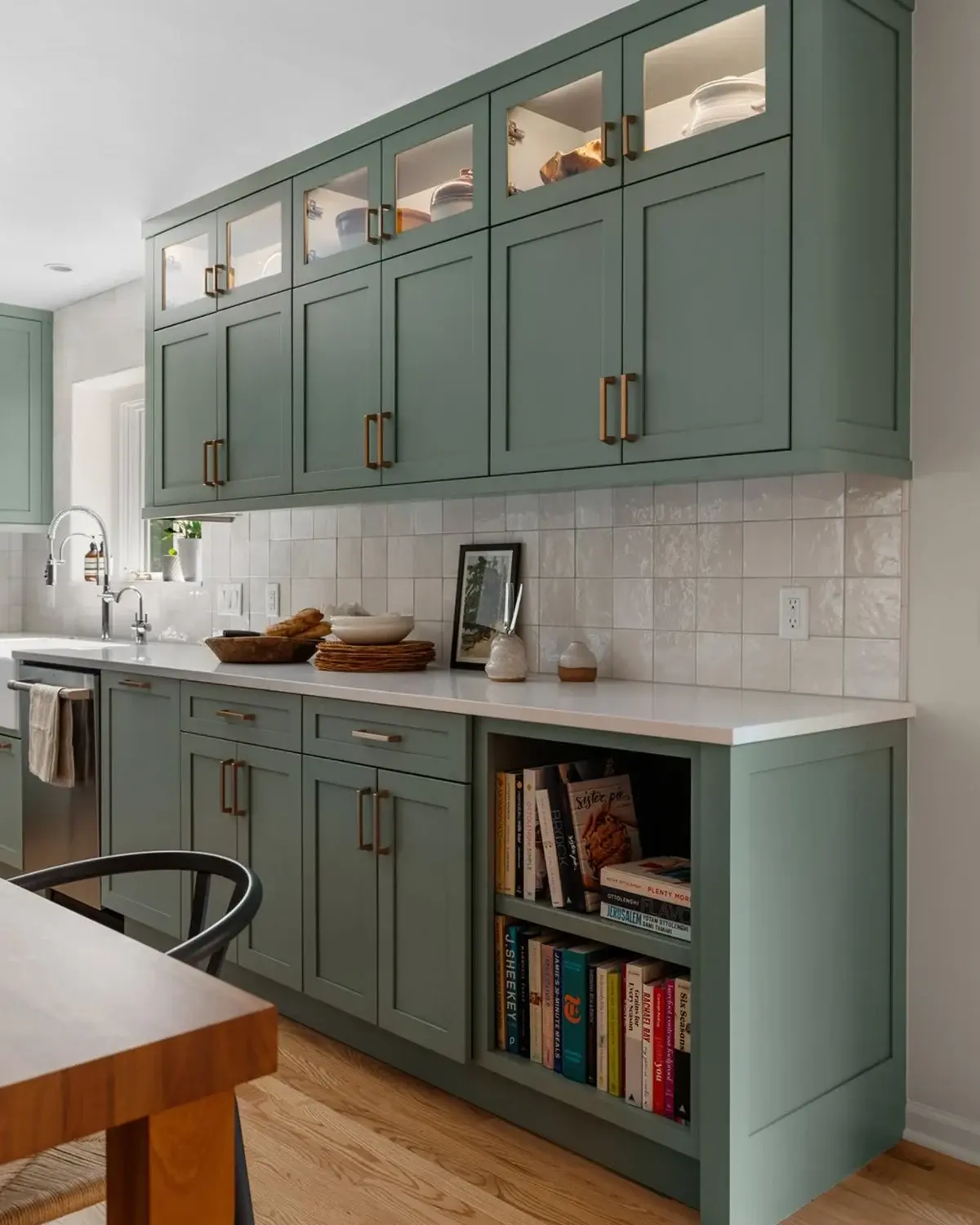
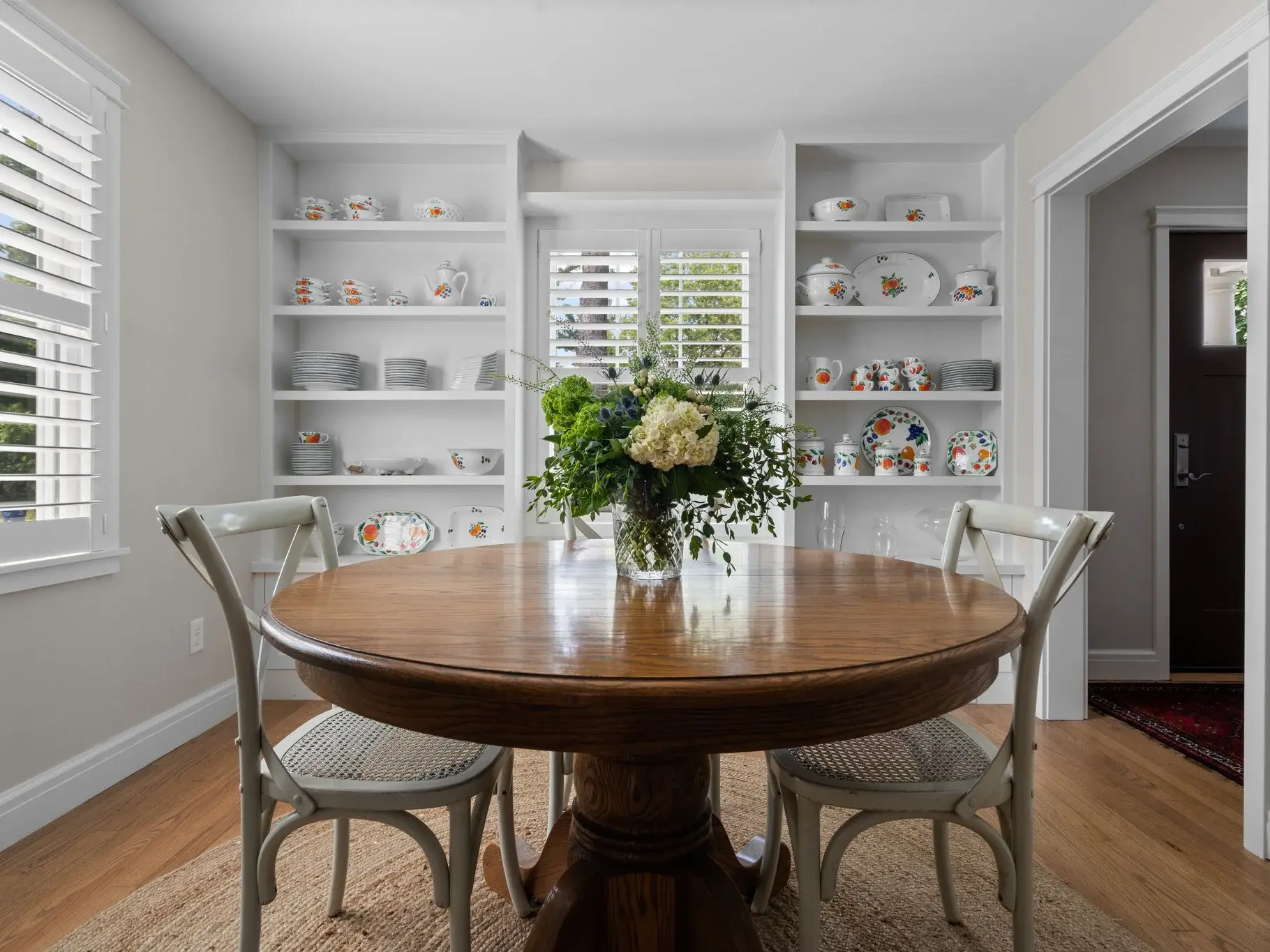
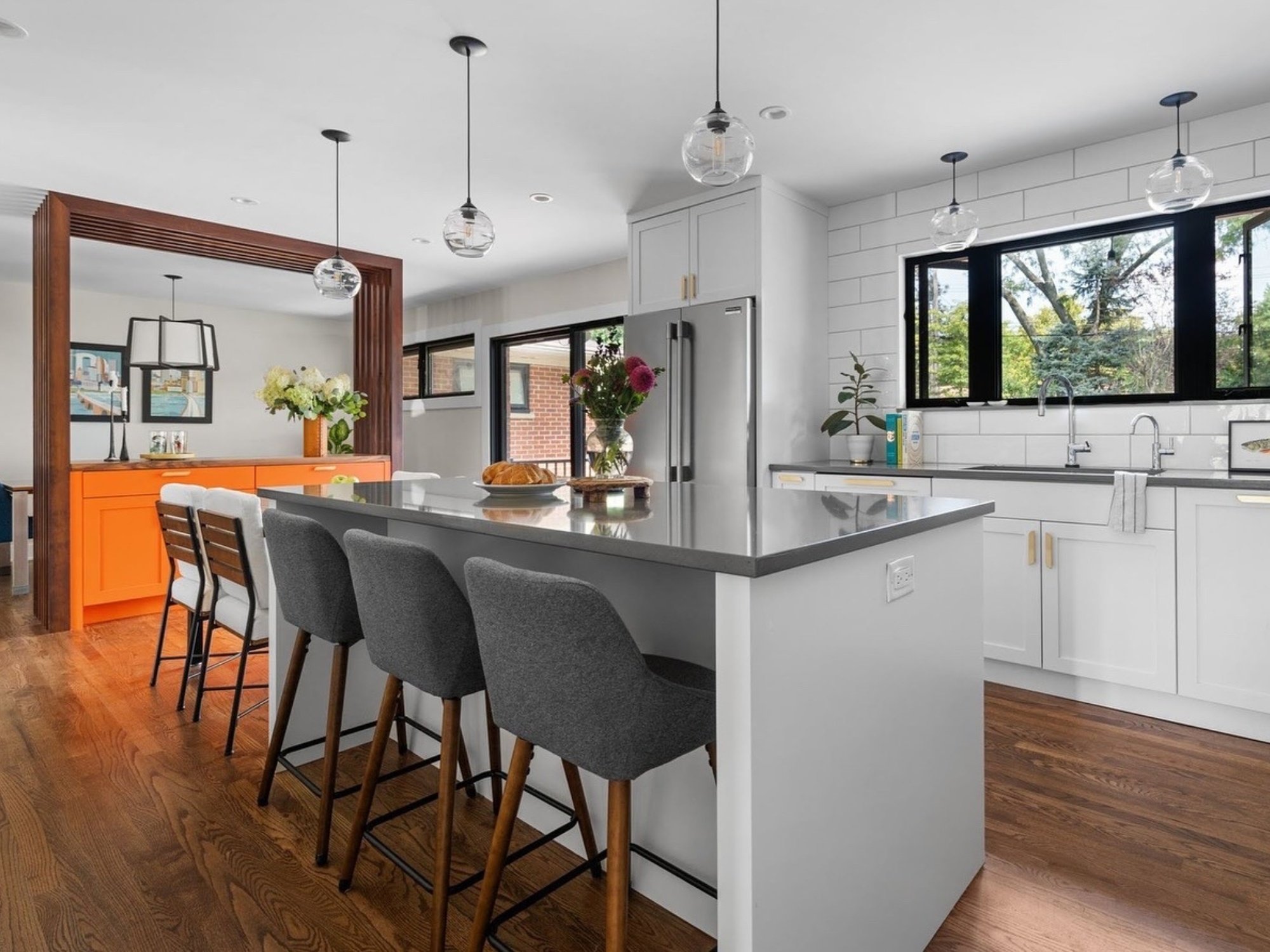
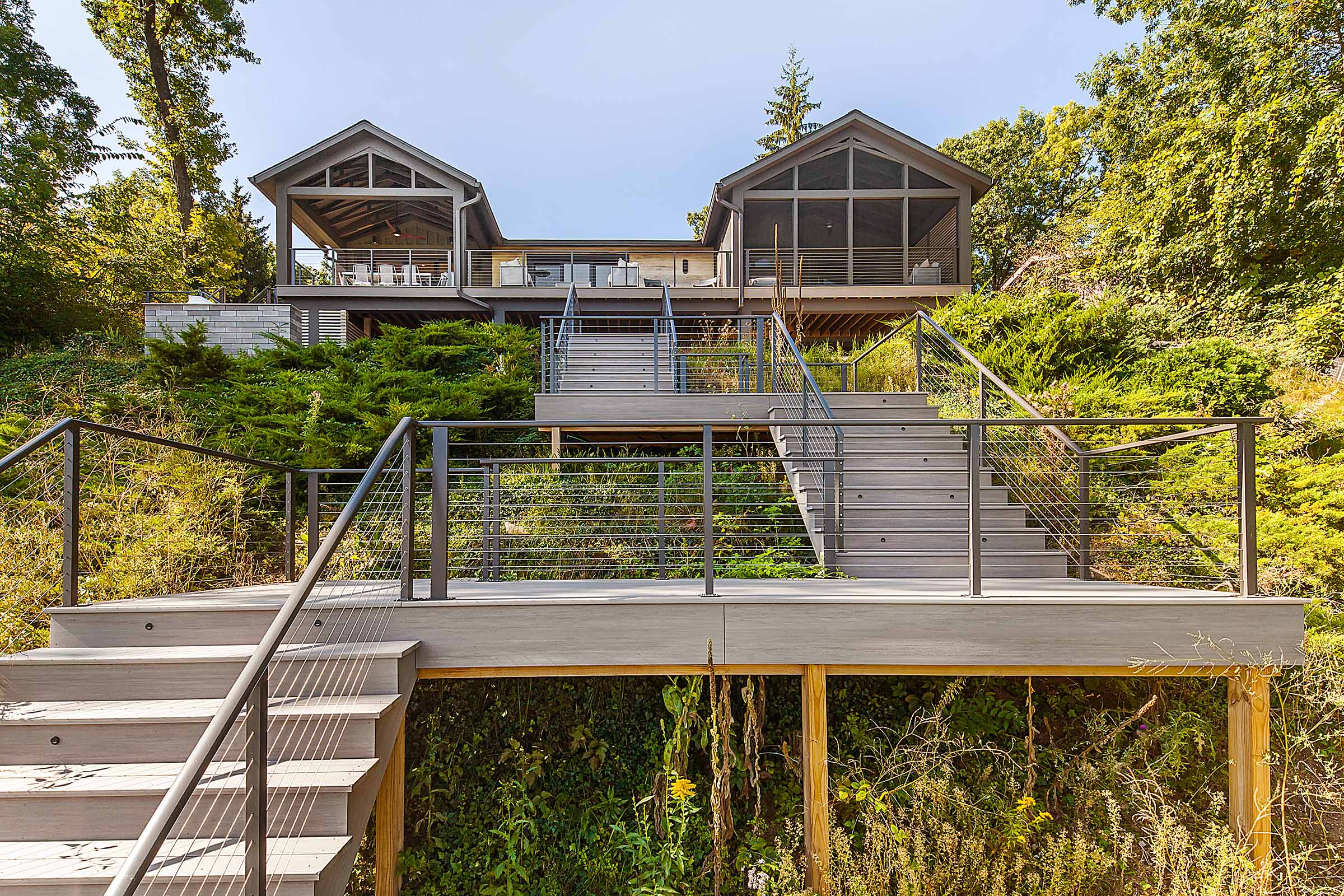
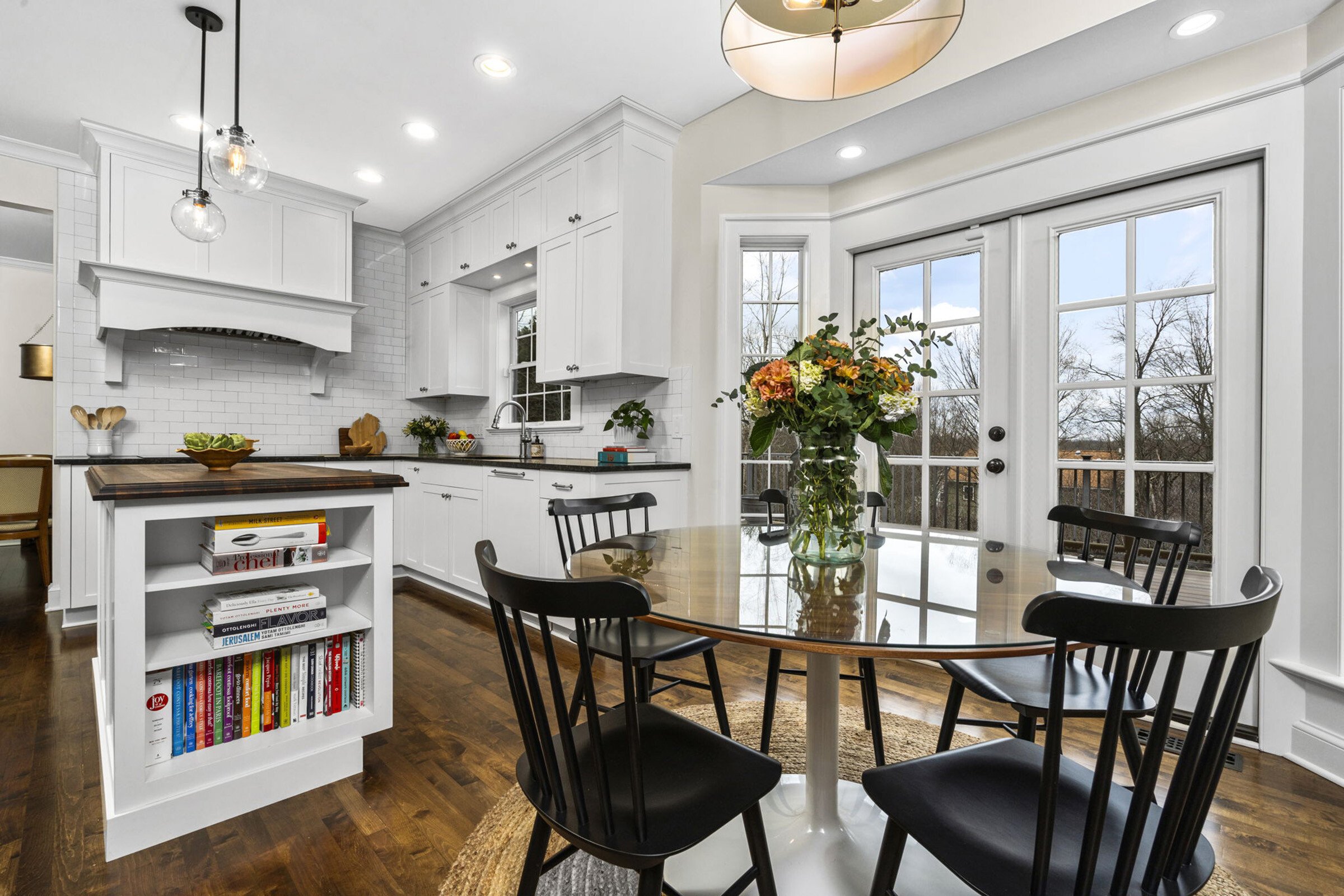
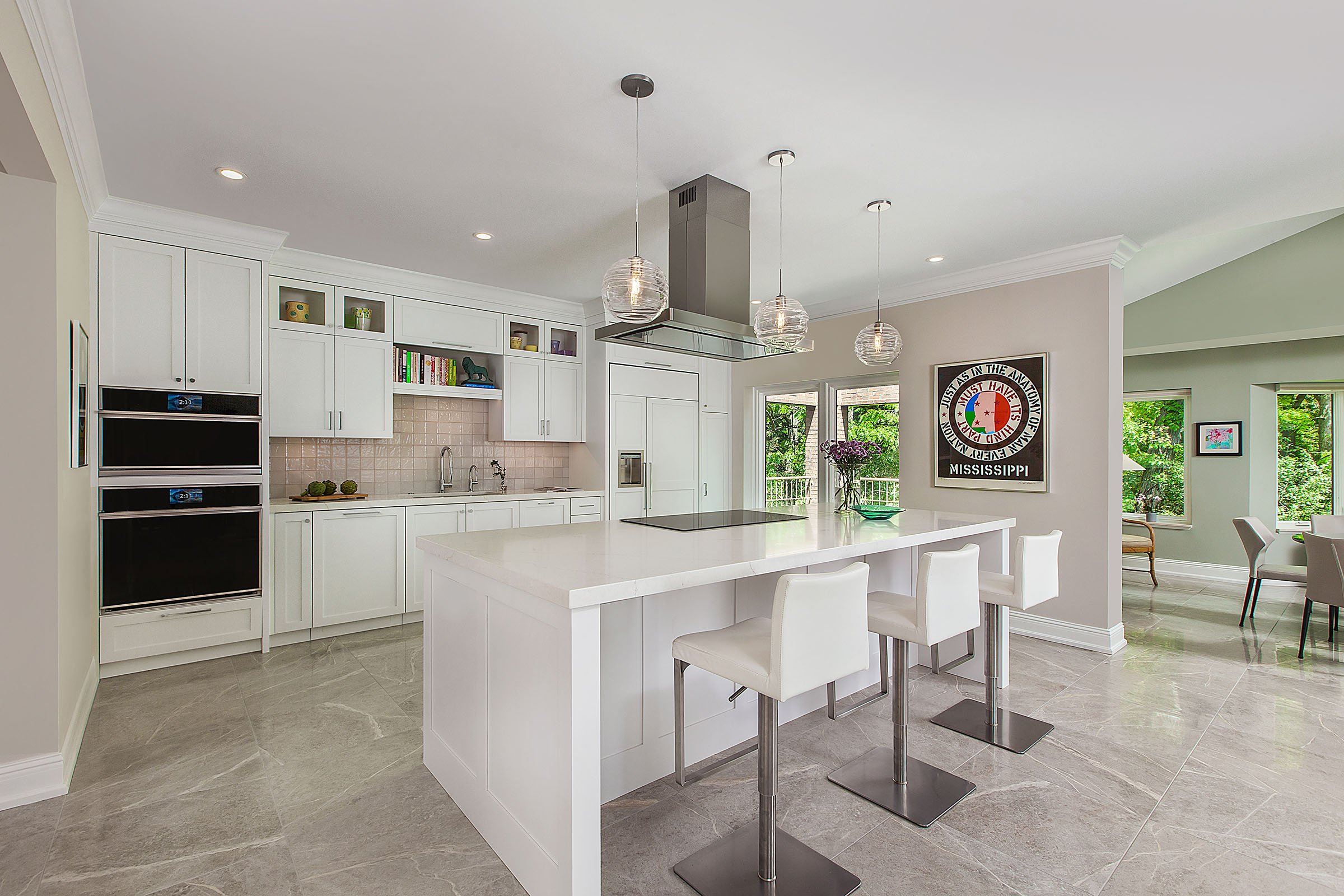
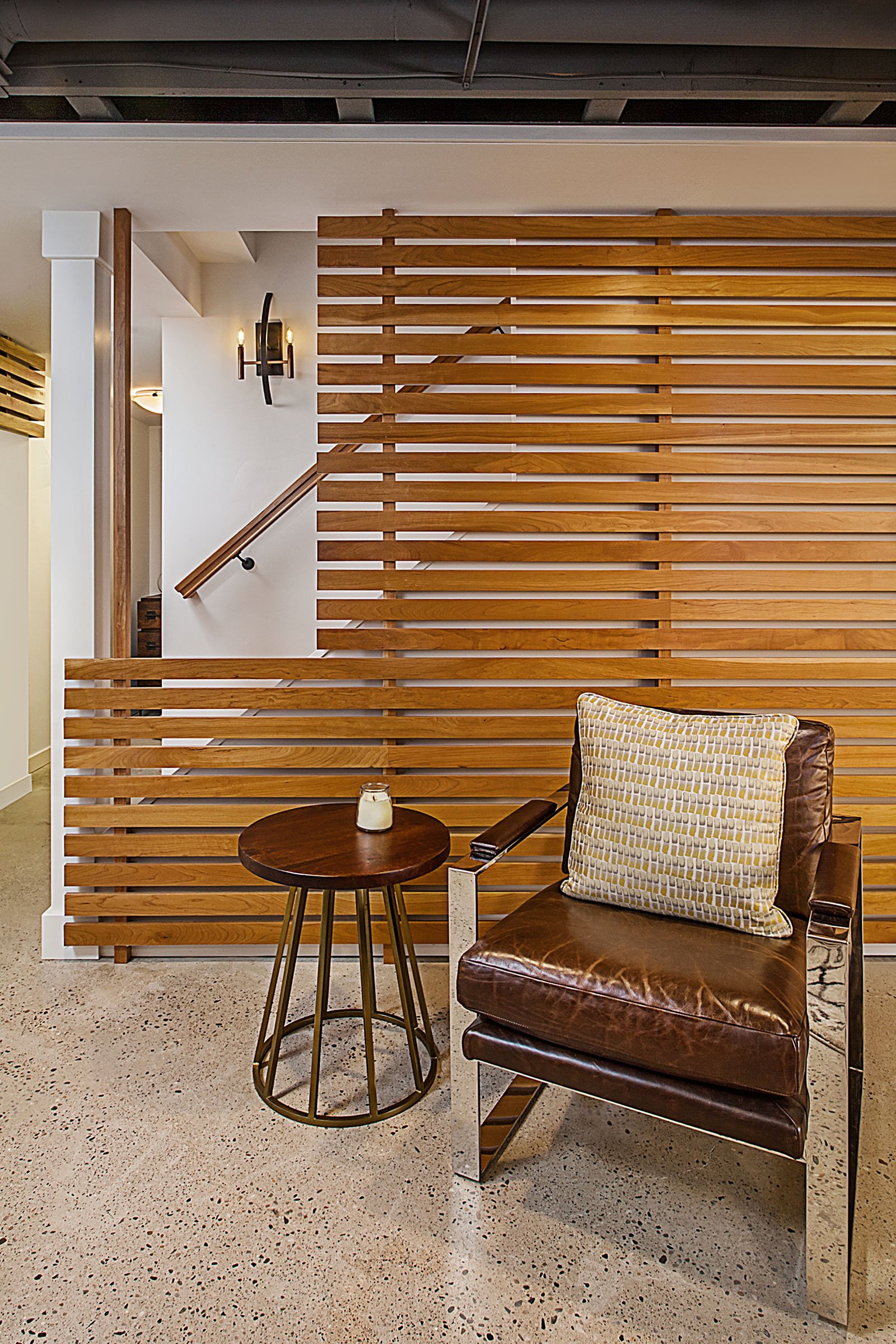
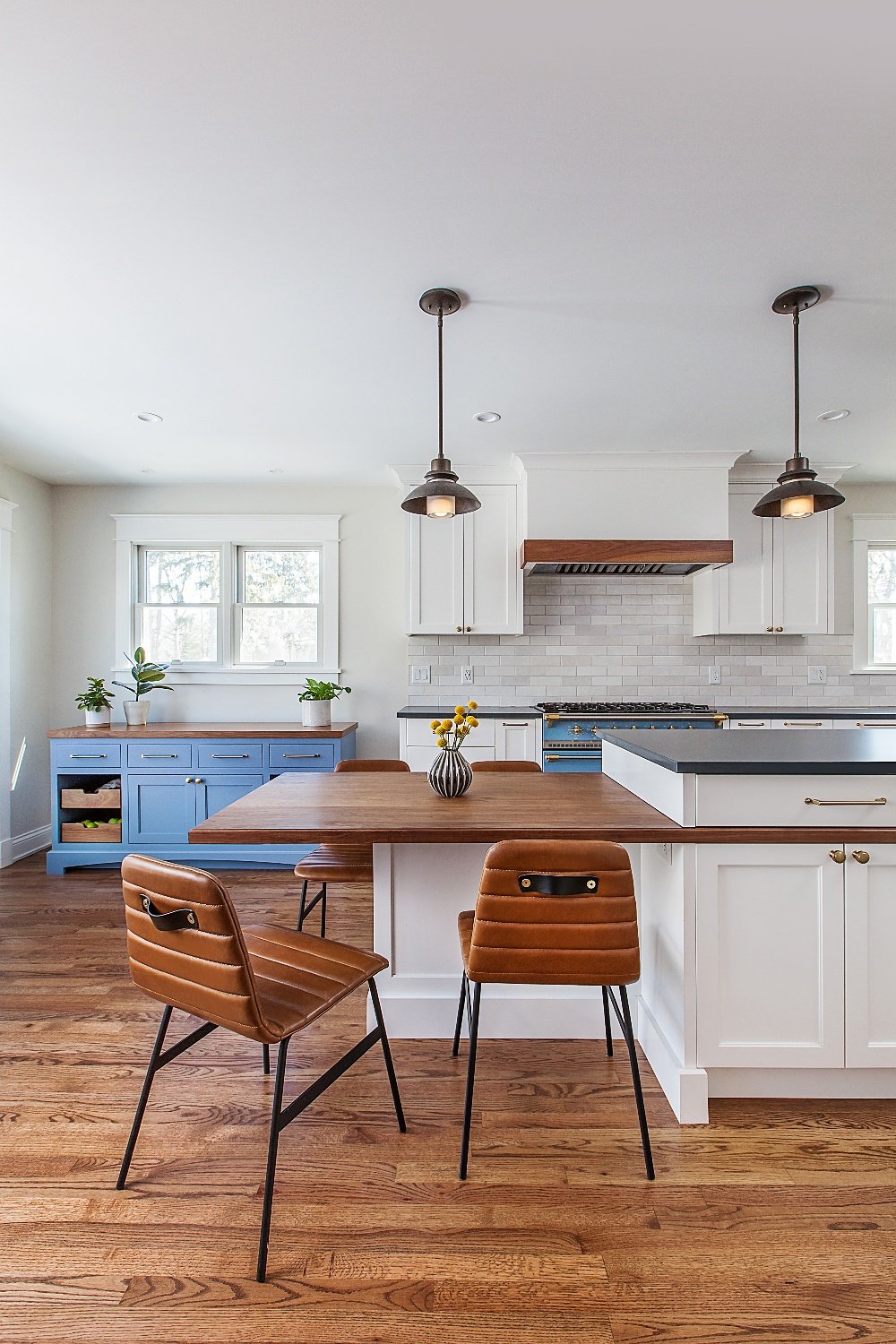
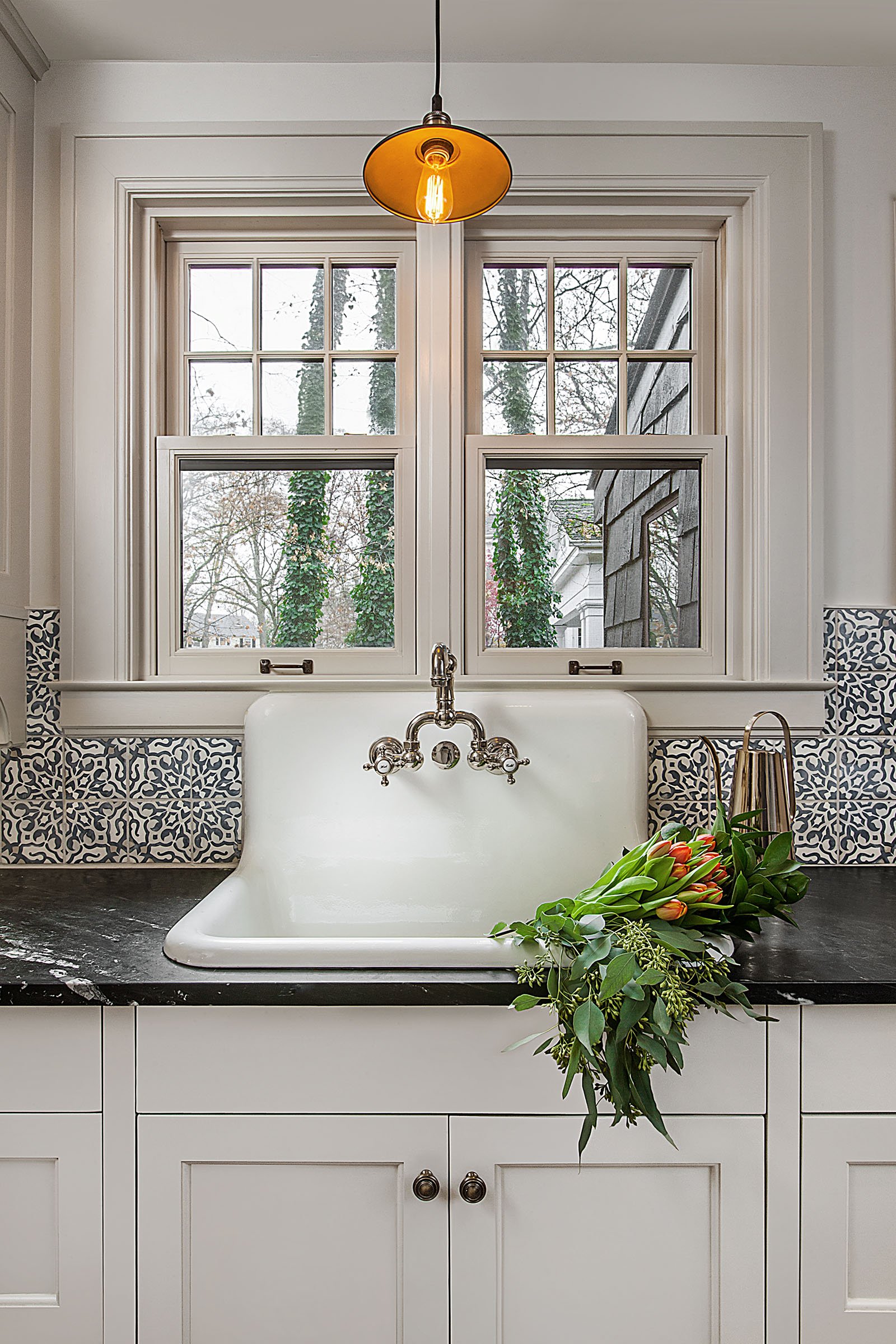
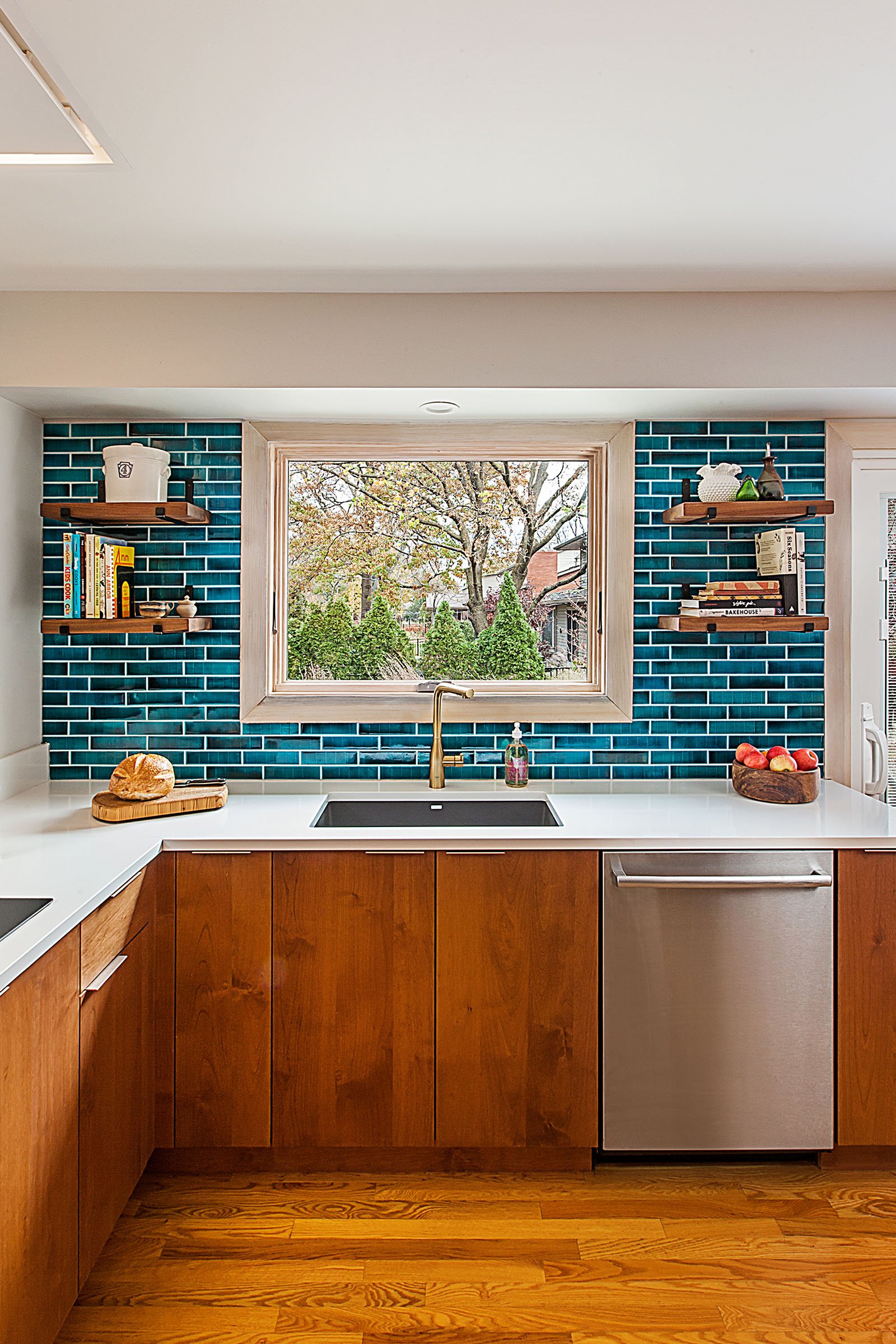
.jpg)